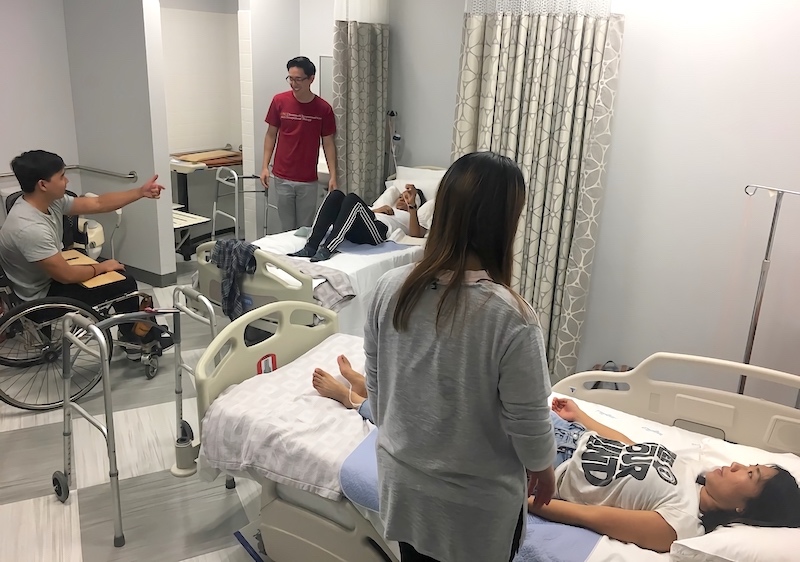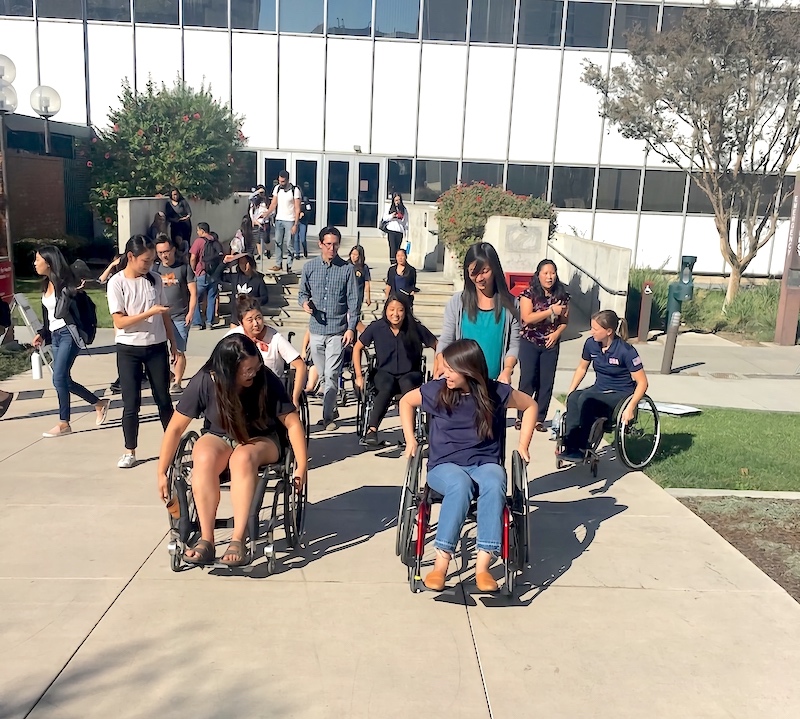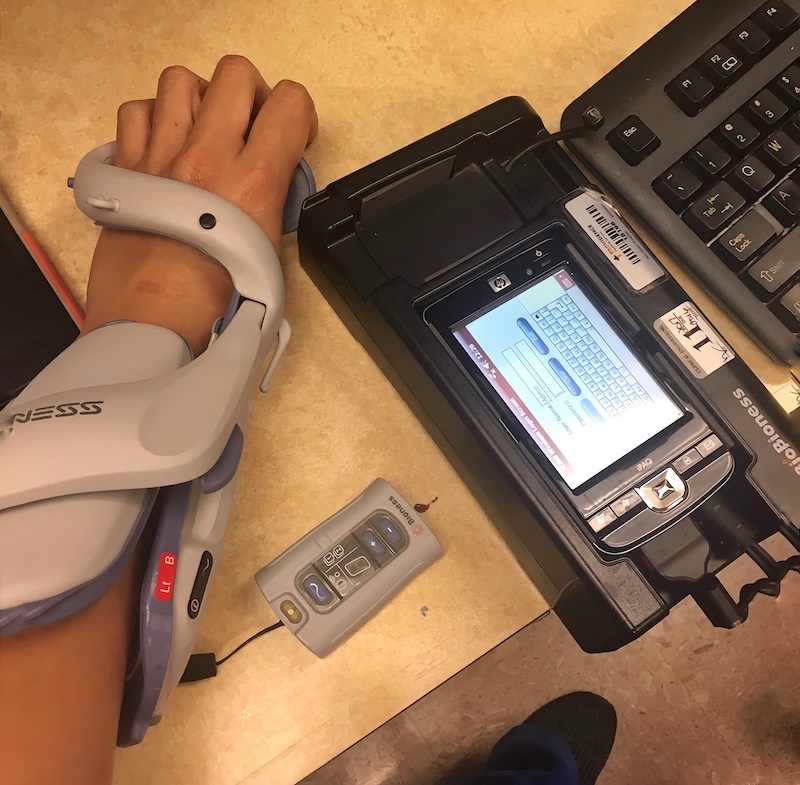All I Do is Study for Adult Rehab

October 20, 2017
by Bryan
This semester feels like the culmination of my graduate school study skills. Speeding towards my own head-on collision with our midterm next week, I wanted to take a minute and share a few tips for getting the most out of the Adult Rehabilitation immersion course (though most of these can be applied to any course in our program).
- Talk to faculty. Whoever you receive as your instructor for the Adult Rehabilitation Immersion is a well of knowledge and wisdom. Talk to them and ask them to explain their reasoning and thought processes (i.e., ask Jane for more stories!). It is so helpful to paint a broader picture of how varied the specific injury or diagnoses might present itself in practice and the intervention/treatment ideas for each case scenario.
- Pay attention in lecture. While this sounds like common sense, lecture proved to be particularly important for me not necessarily in order to be exposed to the material for class, but to better understand how to use the information in our reading to treat patients. Building upon tip #1, the greatest thing about lecture is learning the faculty’s clinical reasoning and what observations they might expect from the patient when they hear the diagnosis of a C7 full spinal cord injury or stage 2 edema on the upper extremity. Understanding the information is just part of our job as clinicians, we must also know how to choose appropriate and attainable goals as well as treatment plan the “just right challenge” for our clients based upon a chart review and evaluation. Listening and asking the simple question, “what would you do and why would you do that?” helps prepare our own reasoning skills as students and future clinicians.
- Study consistently. I was less-than-half-probably-zero-percent-joking in my title because most of my time is actually devoted to threading through the dense material for the immersion. Amidst a jam-packed schedule, it has been an important habit to spend some time each day reviewing hip precautions and how to perform sensation testing because it takes a lot of practice and exposure to wrestle through and understand the “why” behind these procedures and information.
- Practice at fieldwork. This tip totally depends on where you are placed! I am currently at an inpatient rehabilitation unit and I have the opportunity to see most of what we talk about in class during my fieldwork day. But regardless of setting, make sure to ask questions and take initiative in practicing treatment planning and task analysis of ADLs with your CI and patients. I think something to keep in mind is to remember that you will be working with these same patients in Level 2 FW and post-graduation, so continuously be working on bedside manner and interpersonal communication.
I hope these tips help put some perspective on this immersion! Being dropped into all the information that comes with it. Study hard and enjoy the process!

What better way to spend Thursday nights than having transfer parties?

Learning how to maneuver wheelchairs!

Trying out an estim at fieldwork
⋯
Next by tag Classes ⟩ Fieldwork ⟩ Life Hacks ⟩
⋯





